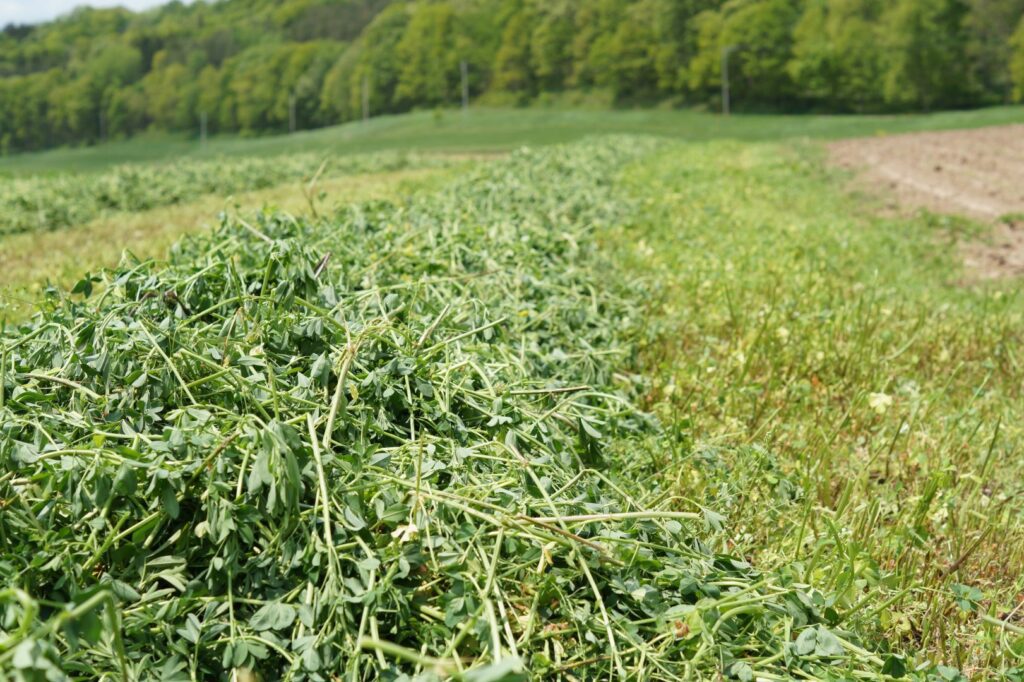 Forage test components and benchmarks have changed considerably over the years. In this Q&A, we sat down with Midwestern BioAg’s Director of Nutrition Dave Meidl to gain a deeper understanding of forage test components and how test results can be used to inform management decisions on dairy farms.
Forage test components and benchmarks have changed considerably over the years. In this Q&A, we sat down with Midwestern BioAg’s Director of Nutrition Dave Meidl to gain a deeper understanding of forage test components and how test results can be used to inform management decisions on dairy farms.
Q: How can I use trace mineral data from my forage test to improve results on my farm?
Plants have the unique ability to transform inorganic minerals from the soil or fertilizer into organic, highly available forms. Fertilizer blends with trace minerals can increase forage mineral content and yield, helping producers save on supplemental mineral and feed costs.
Most forages are low in calcium and high in potassium due to common imbalances in typical fertilizer programs. We recommend fertilizing for forage calcium levels at 1.5 percent or above, and keeping potassium levels under 3 percent. Phosphorus and magnesium should be at 0.35 percent or higher. When minerals reach these target levels, cows perform exceptionally well.
Q: Why should I evaluate forage protein content alongside nitrogen and sulfur?
Protein use is optimized in the cow when forages contain a nitrogen-to-sulfur ratio of 10:1. Without available sulfur, forage crops cannot make the sulfur-containing amino acids cysteine and methionine. Under these conditions, forages can form excessive nitrates and incomplete proteins, which can negatively affect herd health. Adding sulfate sulfur to fertilizer helps plants form complete, available proteins.
Q: How can fiber impact production?
Fiber values in forage tests represent digestibility. As ADF increases, forage digestibility decreases. Neutral Detergent Fiber Digestibility (NDFD) is an estimate of the portion of NDF digested by rumen microbes over a period of time. Higher NDFD results in increased dry matter intake (DMI) and production. It’s estimated that a one-unit increase in NDFD can increase DMI by 0.37 lbs and milk production by 0.55 lbs.
uNDF240 is a more precise analysis than lignin that measures and evaluates indigestible fiber. This is the amount of forage NDF that will never be digested. uNDF240 has many uses, including rate calculations for NDF digestion (as an indicator of rumen fill and intake potential) and forage comparison.
Q. How does digestible fiber provide energy?
When forages grow with a proper balance of nutrients, they produce solid stems filled with white, fibrous material called pectins. Pectins are carbohydrates from digestible fibers that break down into sugars in the rumen and provide energy. When calcium and boron are included in the forage fertility program, pectin levels also increase, improving digestibility.

